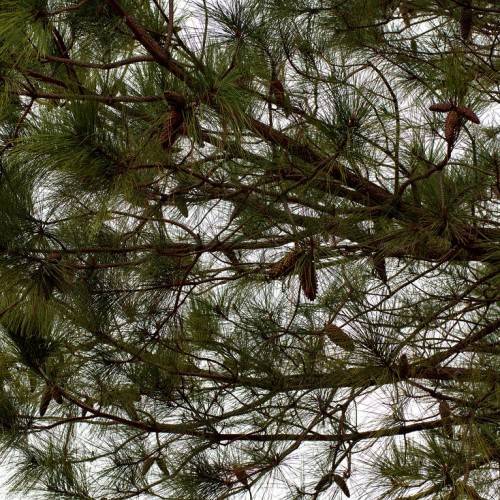
loblolly pine
Pinus taeda
Cycle:
Perennial
Watering:
Frequent
Hardiness Zone:
6 - 9
Flowers:
Flowers
Sun:
Full sun
Cones:
Yes
Leaf:
Yes
Growth Rate:
High
Maintenance:
Low
Care Level:
Medium
watering
The loblolly pine should be watered when the top 2 inches of soil are dry - this should be checked frequently during periods of hot or dry weather. Aim to give it 1 to 2 inches of water per week. It is important to not water too heavily, as this can encourage shallow root growth, as well as the risk of rot and root disease. When watering, aim to water around the base of the pine tree rather than using a sprinkler. Water in the morning for best results.
sunlight
Loblolly pine (Pinus taeda) benefits from full sunlight during the growing season. For optimal growth, this tree species needs a minimum of 6 hours of direct sunlight each day. During the hottest parts of the day, it may need some shade to protect it from burning. For maximum growth, a Loblolly pine should receive 8-10 hours of sunlight per day. The optimal sunlight windows are usually early morning and late afternoon before the sun is at its peak intensity. During the winter months, Loblolly pine will not require as much sunlight. A few hours of direct sunlight should be sufficient since growth typically slows during the cooler months.
pruning
Loblolly Pine (Pinus taeda) should be pruned in early spring, with light pruning to shape and reduce height. If the tree is very tall, you may wish to reduce the height by up to 25%. However, this should only be done when necessary and should be done gradually over a number of years. Pruning any more than 25% may damage the tree. For best results, begin pruning with the interior lower branches which will provide a clear view for any remaining higher branches. Remove any dead, diseased, or weakened branches and any crossing branches. Prune and shape the outer foliage to create a better overall shape, if desired. If using for timber production, or to control size and shape, heavy pruning of secondary branches should be done in late winter or early spring just before the buds break.
